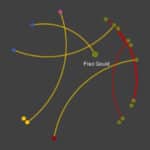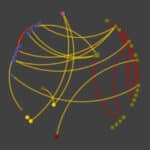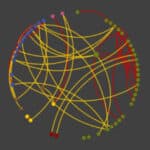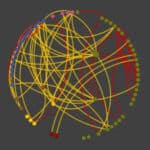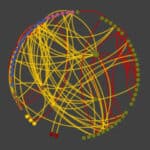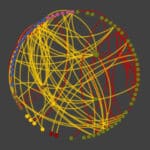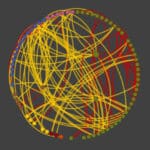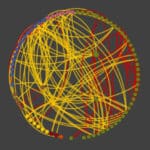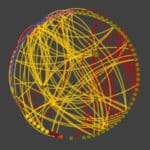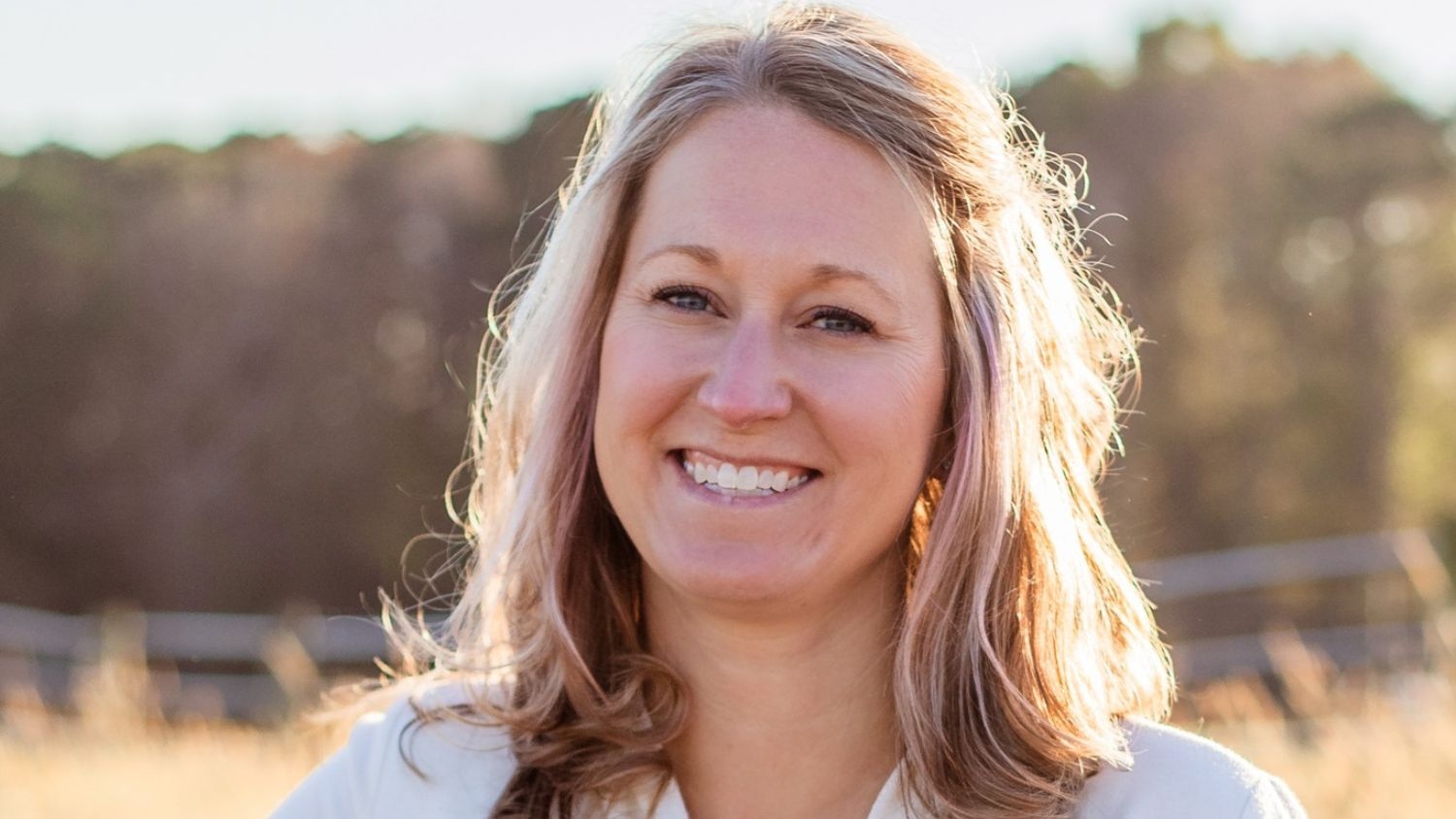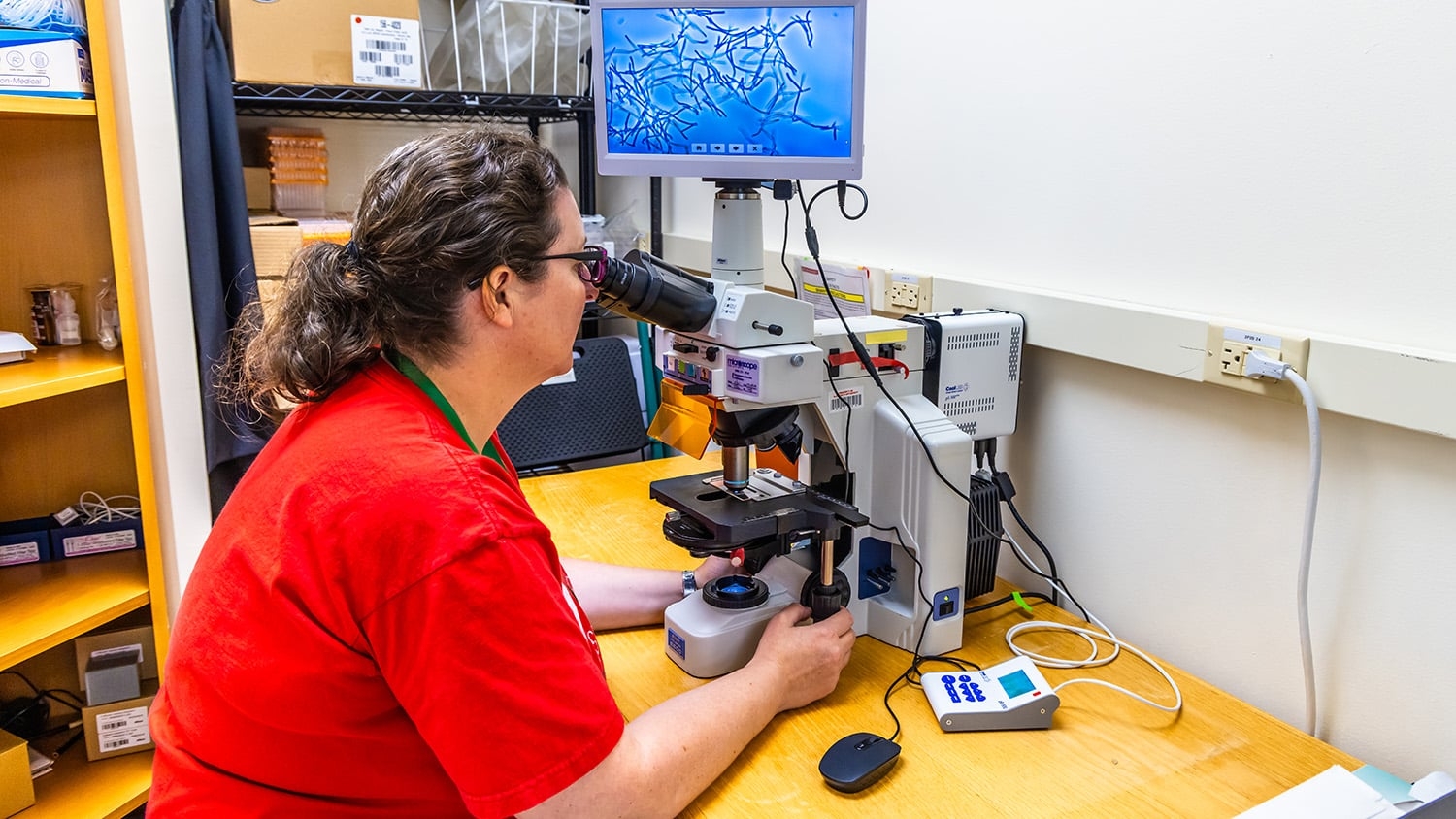Faculty Clusters Fuel a Culture of Excellence at NC State
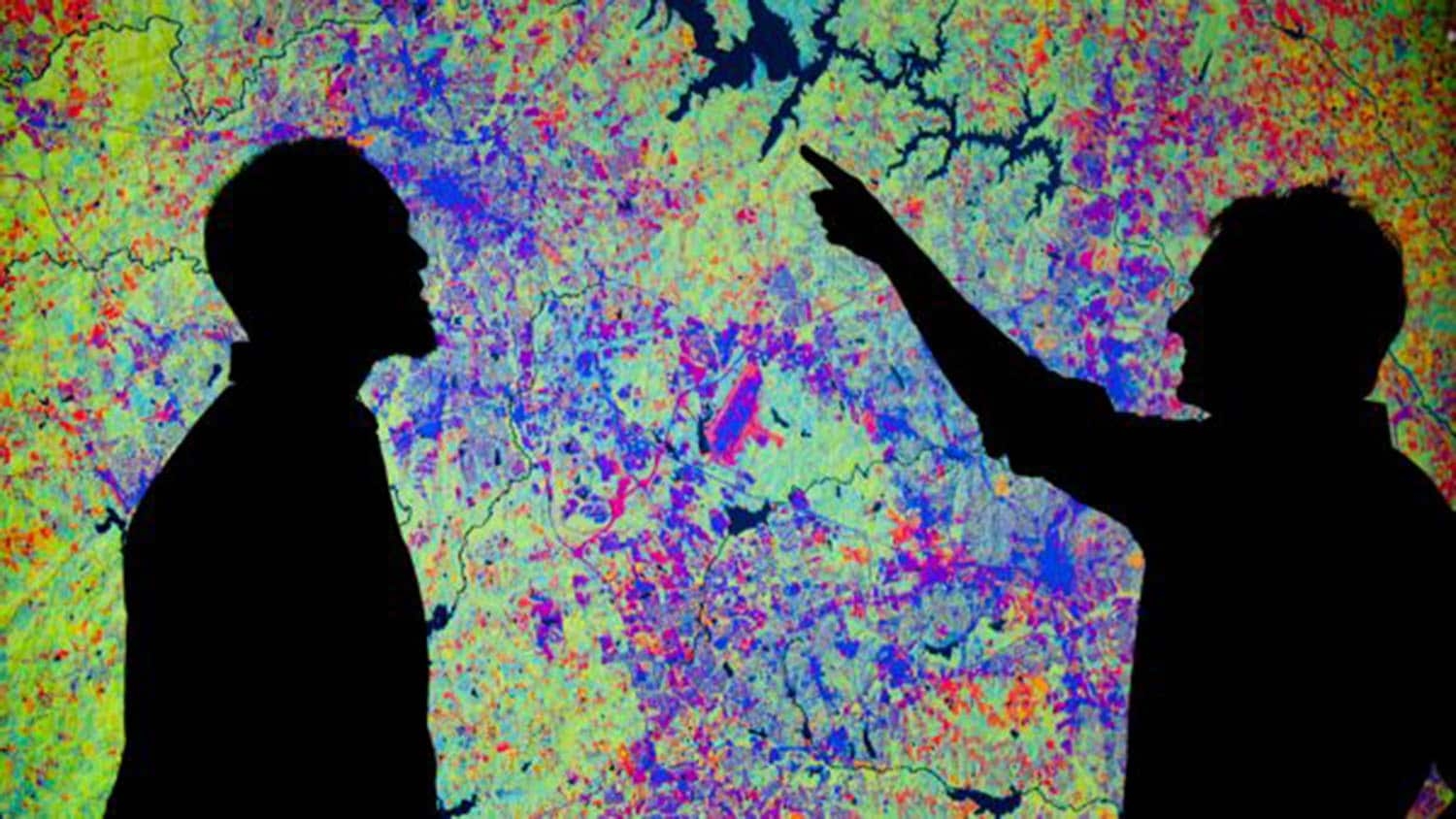
From grappling with a warming climate to navigating the next wave of artificial intelligence, today’s innovators know that solutions to society’s grandest challenges rarely come from a single discipline. At NC State, we recognized this truth early.
In 2011, with the launch of the Chancellor’s Faculty Excellence Program (CFEP), we joined a small group of universities exploring a dynamic approach to collaborating across disciplines: the faculty-cluster hiring model. CFEP attracts the brightest minds from a range of fields and connects them with the resources, facilities and funding support to work in teams — known as clusters — where they can focus their diverse expertise around issues of global importance.
Our faculty clusters support research that not only increases knowledge, but puts that knowledge to use in solving problems and improving our increasingly global society.
“Growing from the university’s 2011 strategic plan and the vision of Chancellor Woodson and university leaders, the Chancellor’s Faculty Excellence Program signifies NC State’s leadership in promoting a culture of cross-disciplinary scholarship in higher education,” said Warwick Arden, executive vice chancellor and provost at NC State. “Our faculty clusters support research that not only increases knowledge, but puts that knowledge to use in solving problems and improving our increasingly global society.”
CFEP began with an initial group of 12 clusters, each aimed at leveraging NC State’s strengths to provide research-based answers to the questions facing our 21st century world. As the program evolved, eight more clusters were added in 2015. Now, 12 years after CFEP’s inception, we can see how the cluster model has expanded interdisciplinary synergy at NC State, all while laying the groundwork for new avenues of growth.
Excelling Across Disciplines
Today, CFEP’s impacts can be felt across NC State. In the Carbon Electronics cluster, on Centennial Campus, researchers are helping to revolutionize the deployment of carbon- and organic-based technologies to power a more sustainable world.
“The Carbon Electronics cluster came about in an effort to try to recreate coherence between physics and engineering research here at NC State,” said Harald Ade, a Goodnight Innovation Distinguished Professor in the Department of Physics and a coordinator for the Carbon Electronics cluster.
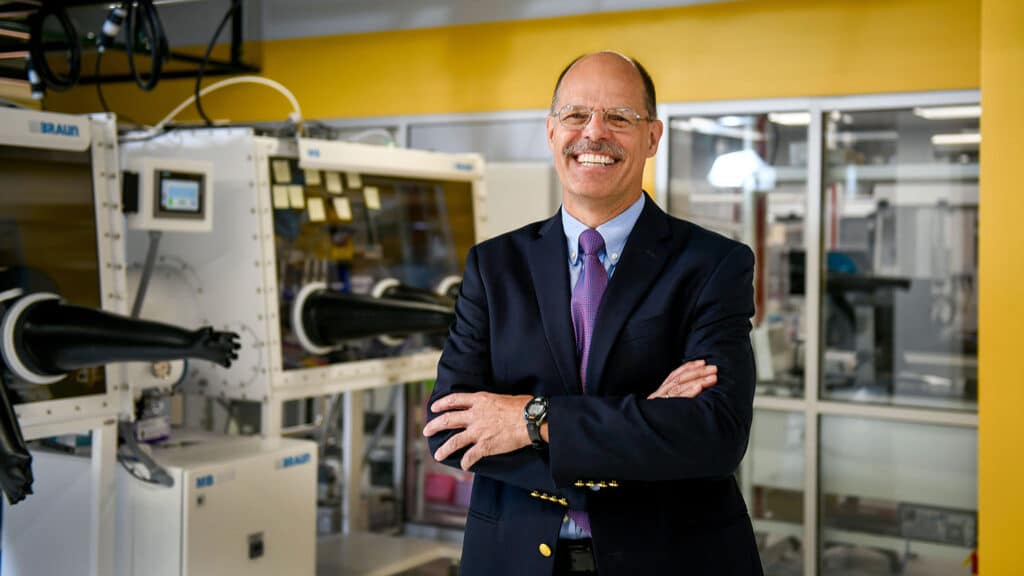
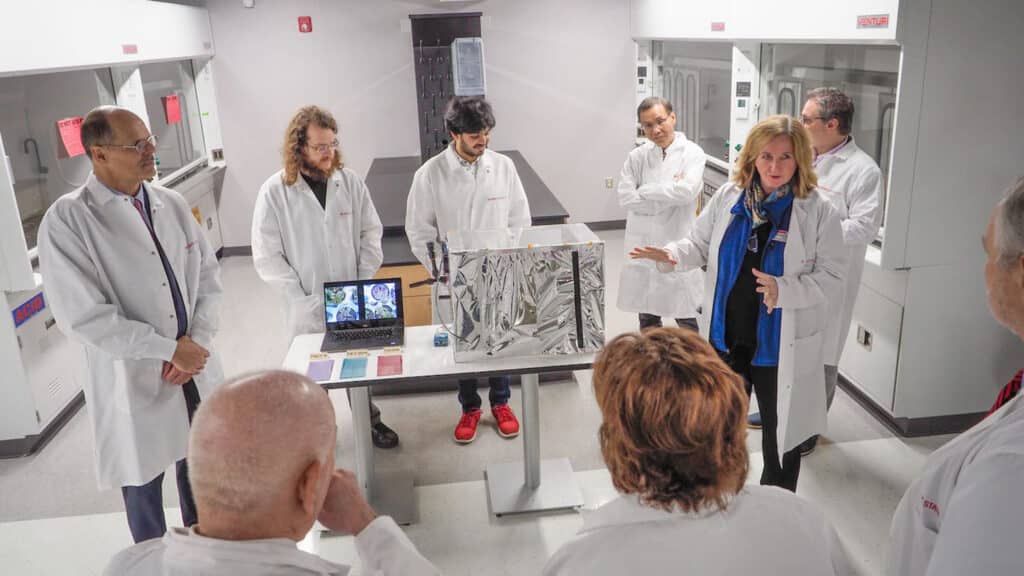
Over the last few years, researchers working in this cluster’s Organic and Carbon Electronics Labs (ORaCEL) have pioneered the production of semi-transparent solar cells that can pull energy from wavelengths of light not typically used by plants during photosynthesis. Studies conducted by physicists, engineers and plant biologists at ORaCEL suggest that these cells might one day be used to outfit greenhouses that could produce larger crop yields than existing agricultural systems while generating their own electricity.
With the global market for organic solar cells projected to top $100 million by 2027 — and with a company spun off from the Carbon Electronics cluster now operating in the marketplace — faculty in this cluster are positioning NC State researchers to participate in the entire value chain for organic photovoltaics, from research to development to commercialization.
“How do we bring about this excellence?” said Ade. “We hire the best people and put them together.”
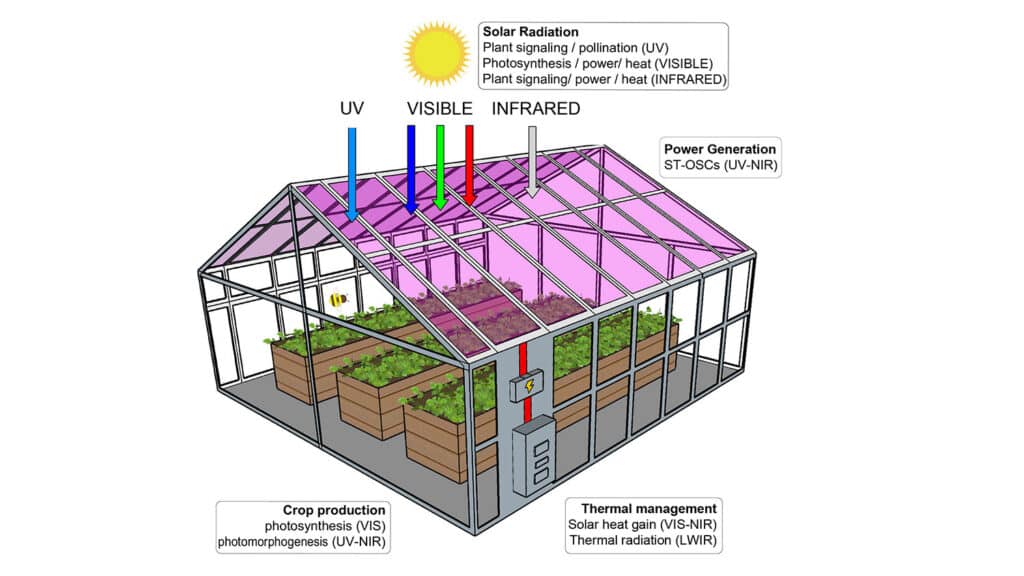
On main campus, in the Center for Geospatial Analytics — a collaboration hub that emerged from the Geospatial Analytics cluster, one of CFEP’s original 12 clusters — researchers work across disciplinary lines applying geospatial data to real-world problems.
“Everything is spatial, everything has a location, and that makes geospatial analytics relevant to any field,” said Ross Meentemeyer, Goodnight Distinguished Professor of Geospatial Analytics and the director of the center’s activity.
The center brings together faculty from seven NC State colleges to ponder far-ranging questions of spatial analysis, like where to place reserve lands to ensure conservation success, which communities face the greatest risks from rising sea levels and how to design cities to support both economic and personal well-being for people. Supplying answers to such questions is a process Meentemeyer calls “end-to-end forecasting” — collecting spatial data, running those data through modeling to predict what will happen next, then feeding those predictions into usable interfaces that can be understood by decision-makers.
“Spatial technologies, like interactive visualizations and online dashboards, can be put directly into the hands of community planners or anyone dealing with risk-related decisions,” said Georgina Sanchez, a research scholar with the center. “We can use these same channels to collect information from them, so there’s always a two-way information exchange.”

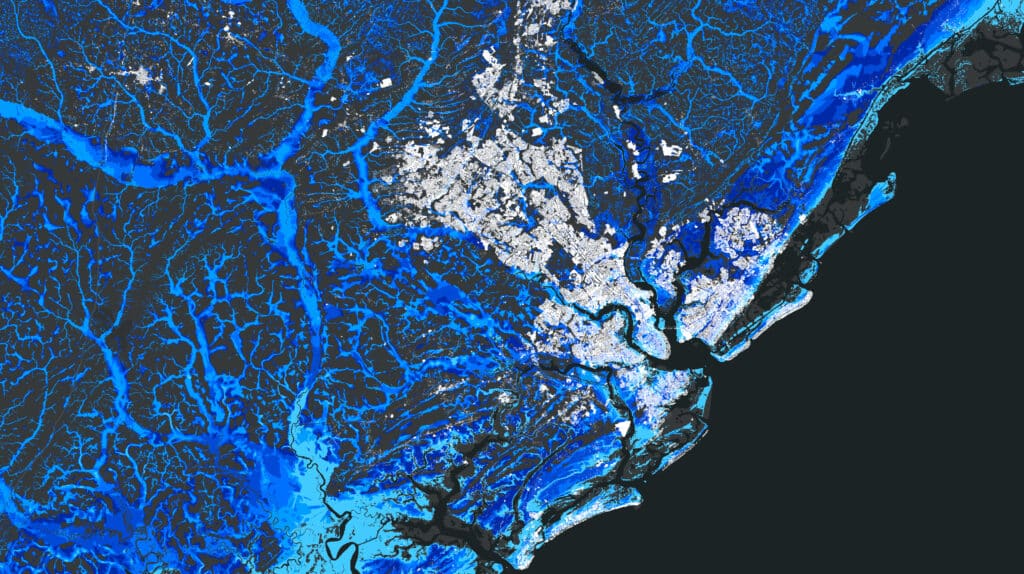

Sanchez cited Johns Island, South Carolina — a fast-growing coastal area near Charleston — as a community that’s harnessed the center’s technology to make informed decisions around spatial planning. Through a process called participatory modeling, researchers with the center asked residents of Johns Island to help them identify and map valuable natural and cultural resources, like productive fishing spots and places of historical interest. This input then empowered the researchers to create conservation plans that prioritized resources with the greatest value to stakeholders in the face of looming threats like sea level rise.
Beyond the center’s focus as a hub for faculty research, its Ph.D. program in geospatial analytics and other academic offerings have also sparked opportunities to connect around spatial research at NC State.
“Those students have become a driver for even more interdisciplinarity,” said Meentemeyer. “They come in to do research and then they’re working with faculty and pulling together people from across the university who might not typically work together.”
Taking a Longer View
In recent years, as part of NC State’s Long View Project, university leaders have challenged CFEP faculty to spend even more time envisioning society’s near and far futures, so we can better prepare to solve the problems and embrace the opportunities tomorrow is likely to bring. This effort — supported in part by the Kenan Institute for Engineering, Technology and Science — asks scholars and stakeholders to consider both optimal and sub-optimal scenarios for the coming decades, so that NC State can step confidently toward the optimal. To this end, the efforts of CFEP scholars are already paying off.
In the Global Water, Sanitation and Hygiene (Global WaSH) cluster, researchers apply future-minded, interdisciplinary thinking to a fundamental problem of human health: the lack of clean drinking water and safe sanitation services for a sizable portion of the world’s population. About 2.1 billion people worldwide, including many here in the United States, can’t access safe drinking water from their own homes — a problem that leads to an estimated 850,000 preventable deaths every year. On top of that, 3.5 billion global citizens lack access to adequate sanitation.
“We understand that global problems, like water treatment and sanitation, are complex,” said Francis de los Reyes, the Glenn E. and Phyllis J. Futrell Distinguished Professor of Civil, Construction and Environmental Engineering and coordinator for the Global WaSH cluster. “These are not just technology problems, engineering problems, policy problems, social sciences problems — they’re all of these things.”
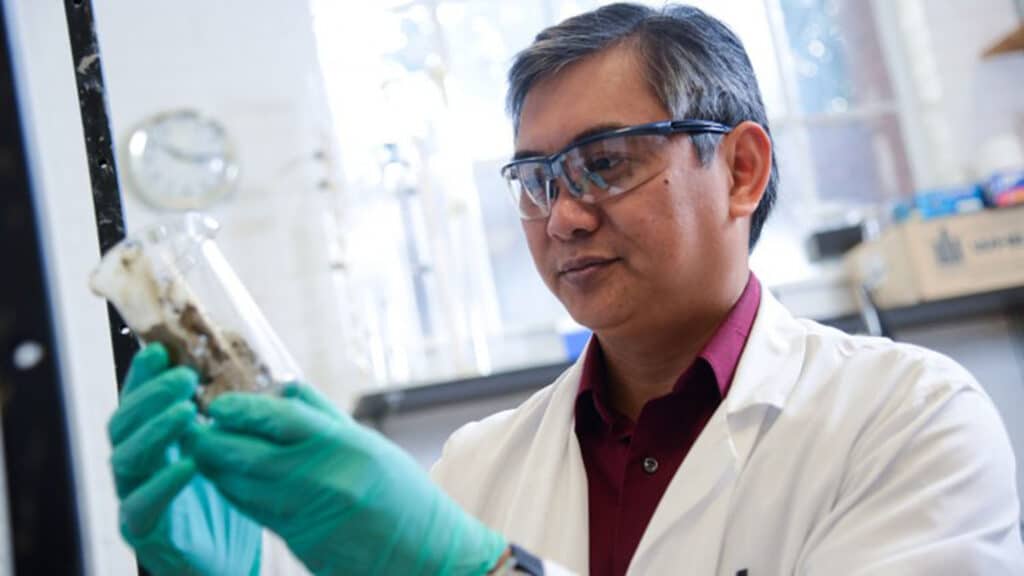
To offer solutions, the Global WaSH cluster gathers faculty with expertise in engineering, epidemiology and economics. Like those faculty in the Center for Geospatial Analytics, researchers in this cluster often work directly with decision-makers on the ground. Through a partnership with Mzuzu University in Malawi — a landlocked nation in southeast Africa — cluster faculty train service-minded NC State students as they collaborate with local stakeholders to broaden access to clean water and sanitation services in nearby communities.
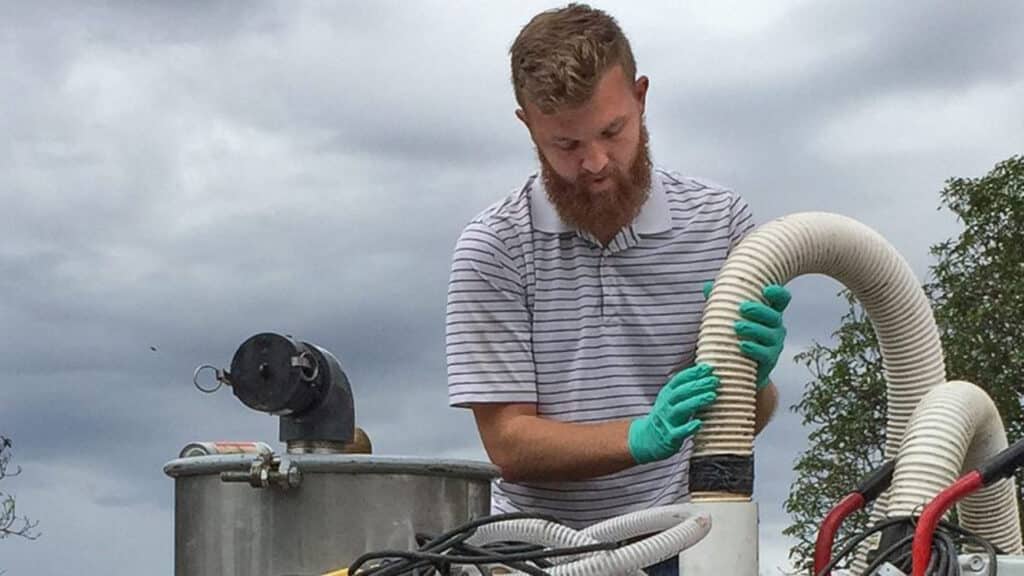
In 2022, in a report analyzing the sustainable impacts of the world’s top 200 universities, Times Higher Education ranked NC State fifth in the nation and 50th worldwide for advancing clean water and sanitation solutions.
“We’re not just looking at sanitation problems from an interdisciplinary perspective in a limited sense, or because we’re answering a particular research question,” said de los Reyes. “It’s deeper, it’s more integrated. We’re embedding interdisciplinarity into our culture.”
CFEP faculty use that same forward-thinking, interdisciplinary approach to help decision-makers navigate the fast-changing landscape of information technology. In the Digital Transformation of Education (DTE) cluster, researchers are building on NC State’s world-leading strengths in artificial intelligence and education to augment today’s learning environments with the latest advances in computer science.
“There’s always one question at the heart of everything we do,” said Tiffany Barnes, Distinguished Professor of Computer Science and a coordinator for the DTE cluster. “Are we making a difference for people — for students, for teachers, for everyone involved in education?”
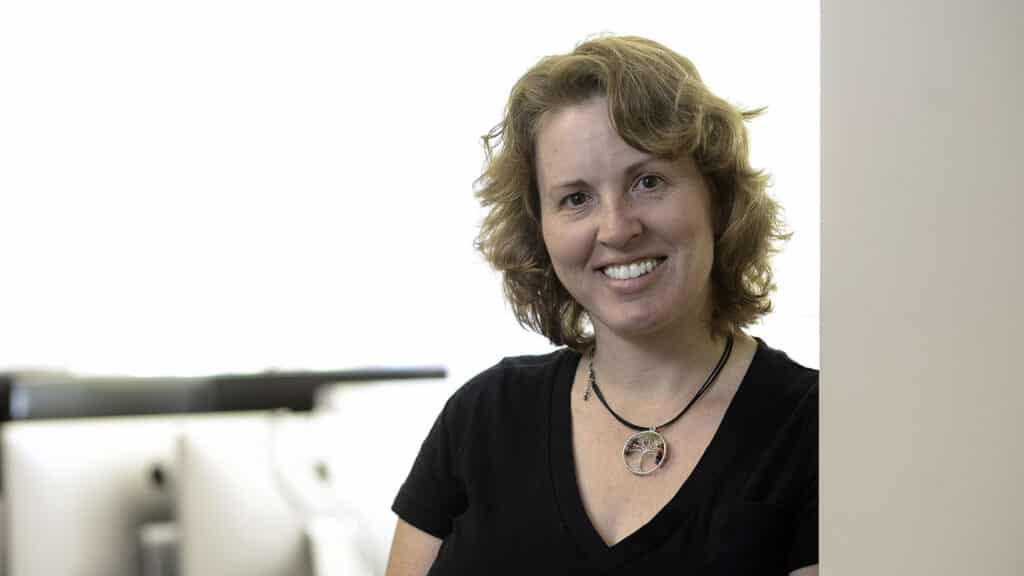
There’s always one question at the heart of everything we do: Are we making a difference for people?
Barnes and her colleagues bring the lessons of their research directly to K-12 classrooms in North Carolina, where they provide professional development for teachers while educating students through the power of computer science. Although their work draws upon the newest findings from research into artificial intelligence platforms and other emergent technologies, their lessons typically feature a human narrative.
In one classroom exercise exploring the science behind epidemics, Barnes and her colleagues showed students a software program featuring a top-down view of a simulated world in which people appeared as circles on the screen. The people moved around, interacted and — if their movements brought them into contact for long enough — infected one another with a contagious virus. By using the software to activate mitigation protocols, like quarantines and vaccinations, students were able to learn about epidemiology while also learning basic techniques in computer programming.
“Narratives and stories are a classic way to get people to care about, understand and engage with new things,” said Barnes. “That holds true in computer science education.”
In 2021, NC State was recognized as the top institution worldwide for computer science education research based on publication data, thanks in no small part to the work of faculty with the DTE cluster. That same year, the university was awarded a five-year, $20 million grant from the National Science Foundation to launch the NSF AI Institute for Engaged Learning, with a key aim to create narrative-based AI tools to enhance student learning.
Investing in the Future
By all measures — from attracting more than 80 new faculty members with world-class skill sets to spawning new graduate degrees — CFEP has worked to ignite a culture of interdisciplinarity at NC State. More than one faculty cluster has reached a level of success that has called for larger transformations on our campus. The Data-Driven Science cluster created the need for the Data Science Initiative, then the Data Science Academy. The Genetic Engineering and Society (GES) cluster grew into the GES Center and then — to fill the need for greater genetics literacy throughout the university — the Genetics and Genomics Academy.
In early 2022, NC State’s leaders launched the Office of University Interdisciplinary Programs to guide this eruption of boundary-breaking research on our campus. Now, as our society confronts the questions of a globally integrated, post-pandemic world, University Interdisciplinary Programs is bringing the faculty clusters into a new phase of their evolution. Initially, this will come in the form of two new faculty clusters focused on areas strategically vital to our continued growth as a leading research institution: integrative sciences and biomanufacturing.
In launching the cluster model, NC State made an investment in the future of North Carolina and the world. Now, we’re ready to reinvest in that future.
“In launching the cluster model, NC State made an investment in the future of North Carolina and the world,” said Rob Dunn, senior vice provost for University Interdisciplinary Programs. “Now, we’re ready to reinvest in that future. With these new investments, we’re making it clear that the answers to the challenges and opportunities of the next century are interdisciplinary. We will build on a foundation of disciplinary knowledge — on knowing particular things well — but we will do so by bringing people together from across units to make discoveries and generate solutions that are impossible from the silo of an individual department.”
Since these new faculty clusters will underpin strategically important areas for promoting interdisciplinary growth at NC State, faculty selected to work within them will be known as strategic cluster hires.
To build out the new biomanufacturing-focused cluster, the university will leverage existing resources and facilities at the Golden LEAF Biomanufacturing Training and Education Center (BTEC) on Centennial Campus, where NC State faculty transform students and current members of the workforce into skilled professionals for the biomanufacturing industry. Strategic cluster hires will be chosen from the deep pool of biomanufacturing talent spanning our campus to carry out work in this cluster. It will be led by Rodolphe Barrangou, the Todd R. Klaenhammer Distinguished Scholar in Probiotics Research.
“What we want to do with this new cluster is bring faculty to BTEC not just to train, not just to mentor, not just to teach — but to create new research on biomanufacturing processes and technology,” said Barrangou.
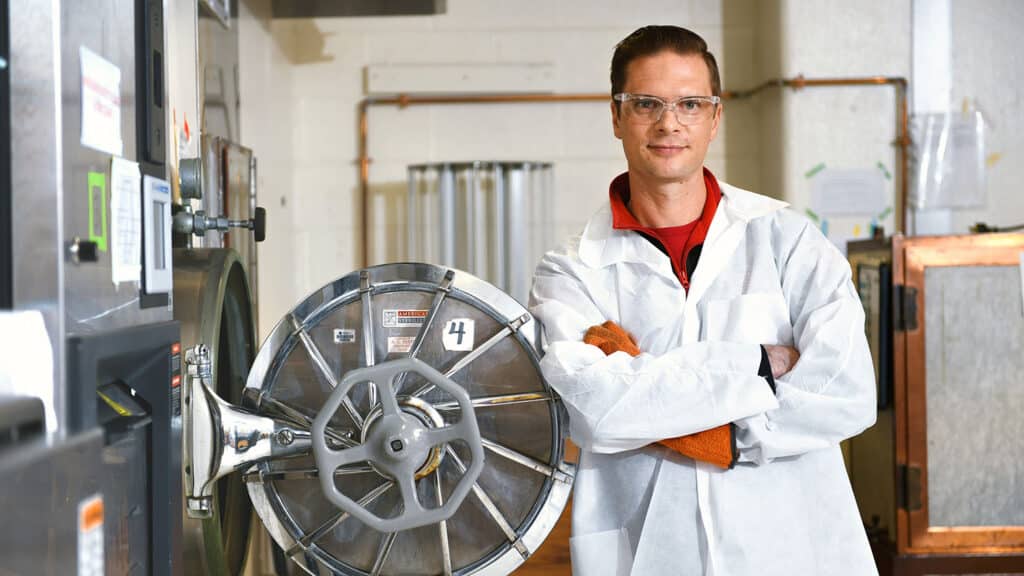
Barrangou envisions the new cluster as “BTEC 2.0,” a biomanufacturing education hub with an expanded focus on fundamental research. He hopes to attract faculty — computer scientists, engineers, biologists, statisticians and AI experts — who are willing to break through traditional barriers to help revolutionize research in biomanufacturing.
“We aim to bring the complementary ingredients together to tackle grand challenges, like creating next-generation vaccines, next-generation cell therapies and next-generation diets,” said Barrangou.
Barrangou’s plans for the new cluster are focused on the future. He aims to prioritize digitization in biomanufacturing processes and he envisions the cluster’s researchers using big data analytics to drive new methods for creating medicine. And as Barrangou imagines a future where drug therapies that emerge from a cell or virus can be tailored to match the genetic needs of people the world over, he sees his new cluster growing knowledge that will help bring biology to the forefront of biomanufacturing.
With the right people behind them, the clusters will continue to serve as enablers of success for our entire university.
In many ways, Barrangou’s vision reflects the larger plans for the next phase of faculty clusters.
“The cluster model is all about thinking collectively and doing synergistically,” said Barrangou. “With the right people behind them, the clusters will continue to serve as enablers of success for our entire university.”
This post was originally published in NC State News.
- Categories:
